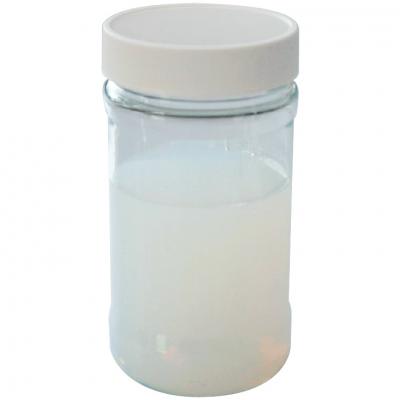Dyeing refers to the process of coloring fibers from dye liquor. In order to dye evenly and reduce dyeing defects such as color spots and color stains, in addition to the reasonable formulation of the dyeing process and correct selection of dyes and equipment, an appropriate amount of leveling agent must be used during textile dyeing. The main function of the leveling agent is to make the dye as evenly as possible.
Ⅰ. Two action forms of leveling agent
1. At the beginning of dyeing, by delaying the dye adsorption rate and slowing down the dyeing rate, the fiber surface can absorb the dye evenly and improve the uniformity of dyeing.
2. Uneven dyeing can be corrected by dye transfer.
Ⅱ. Different types of leveling agents for fabrics of different materials
1. Leveling agents for cotton
The auxiliaries for dyeing and leveling cellulose fibers are usually called leveling agents for cotton. Cotton fiber, hemp fiber, viscose fiber, tencel, modal, etc. are all cellulose fibers.
When dyeing cotton fibers, the most commonly used leveling agent is non-ionic surfactants, such as Peregal O.
2. Wool leveling agent
The auxiliary agent for level dyeing of protein fibers is usually called wool leveling agent, which can be used as a leveling agent for dyeing protein fibers such as wool, silk, and soybean fiber. The commonly used leveling agent is fatty amine polyoxyethylene ether. This type of leveling agent has a strong affinity for dyes and has a certain migration effect.
3. Polyester high-temperature dispersion leveling agent
Polyester is the abbreviation of polyethylene terephthalate, which is produced by the polymerization of terephthalic acid and ethylene glycol. When dyeing polyester fibers, non-water-soluble disperse dyes are generally used for dyeing. Commonly used leveling agents are generally a compound of special non-ionic and anionic surfactants.
4. Acrylic fiber leveling agent
Due to the introduction of anionic groups into the structure of acrylic fiber during processing, the rate of dyeing acrylic fiber with cationic dyes is faster than that of other dyes. In this case, it is more prone to defects such as uneven dyeing, and it is difficult to achieve level dyeing by shifting dyeing, which can only be achieved through effective slow dyeing. The commonly used retarding agents include cationic surfactants such as 1231/1227/1827.



 English
English  日本語
日本語  Español
Español  tiếng việt
tiếng việt  Türkçe
Türkçe  ไทย
ไทย  українська
українська  हिंदी
हिंदी  বাঙালি
বাঙালি  اردو
اردو 


